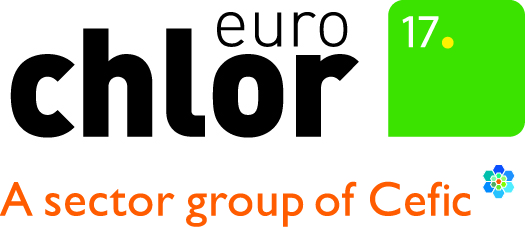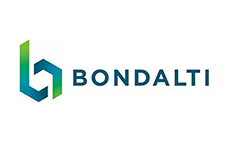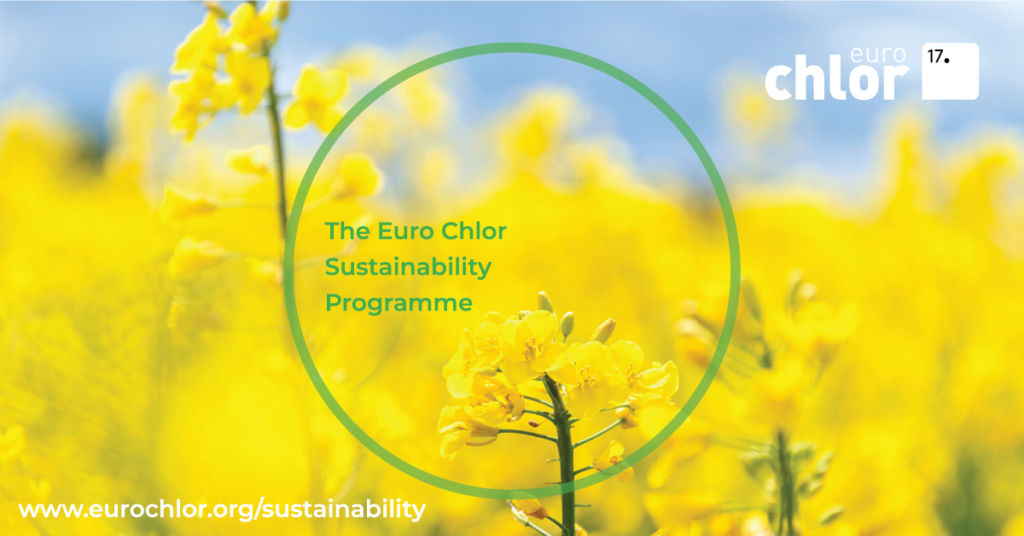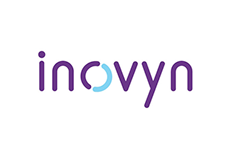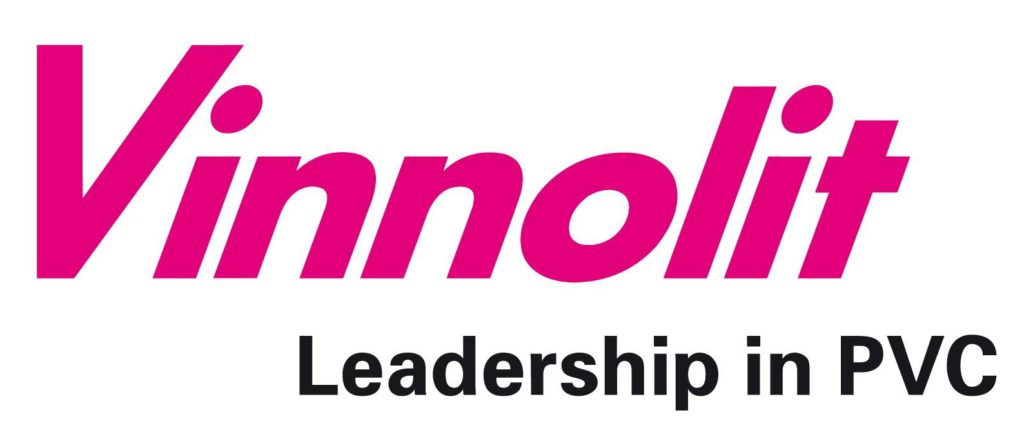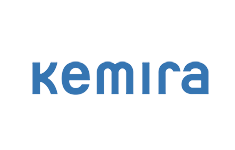Sustainability
Originally, chlorine was a waste product. In the 19th century, alkali (or lye) was being produced in large quantities to make chemicals like soap. The lye production process evolved to the stage where it was producing large quantities of ‘waste’ chlorine and hydrogen. These waste products were of obvious economic value and as such industries developed to use them. This resulted in the industry as we know it today and also led to the enhancement of our modern lifestyles. This means that the chlor-alkali industry is one of the first examples of a truly circular economy.
Since then, producers have continued to work together, through Euro Chlor, to respond to environmental or health concerns and improve public perception of chlor-alkali and their derivatives. Indeed, Euro Chlor’s sustainability programme was the first ever within the European chemical industry.
Chlor-alkali chemistry can also help society meet the UN Sustainable Development Goals (UN SDGs). Euro Chlor works within a global network (World Chlorine Council) to help achieve these important global targets.
In 2001, Euro Chlor defined a 10-year programme with measurable sustainability indicators set for 2010. Agreeing these targets was an important step in the industry’s strategy to improve performance by addressing the “triple bottom line” of sustainability:
- Environmental protection
- Social added value
- Economic viability
For this first programme, the focus was particularly made on environmental protection and workers’ safety, with progress being reported annually in the Industry Review.
In September 2011, a second 10—year Sustainability Programme was launched which continues to monitor concrete parameters and report yearly on the trends. This was continued with the start of a third 10-year Sustainability Programme in November 2021. This new activity continues monitoring existing parameters, as well as adding new metrics to ensure that the industry contributes to EU priorities as well as supporting the Euro Chlor Mid-Century Strategy.
Read more in the Sustainability Industry Review pages, as well as the following related topics:
